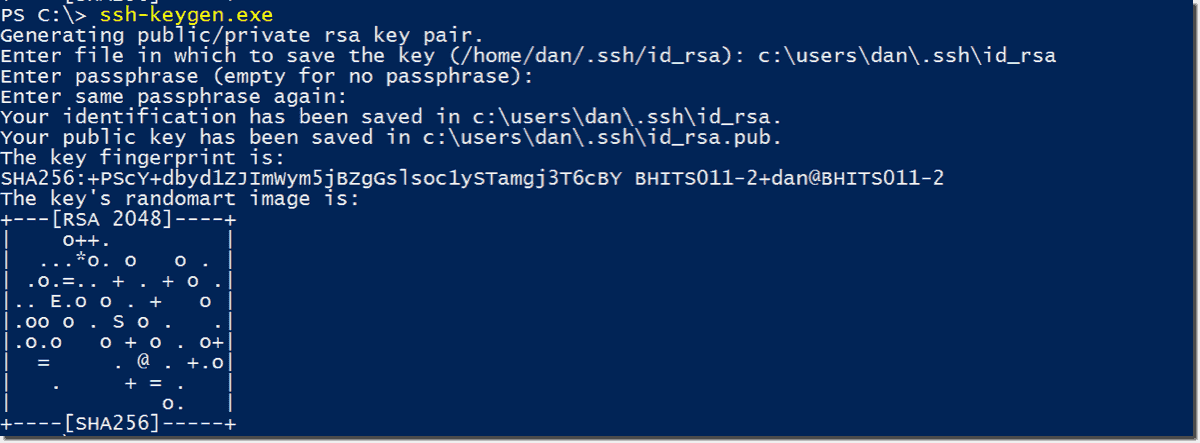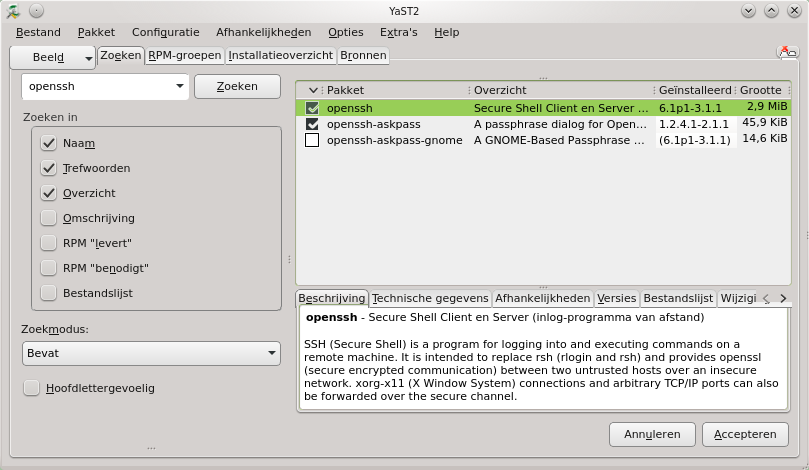

Recommended permissions for authorized_keys files are 600. Generating SSH keys with OpenSSH (Windows 10 and newer) Press the Windows key or open up the Start Menu. ssh directory and file authorized_keys are not group-writable or world-writable.

Then, switch back to the editor and insert the data into the open file, making sure it ends up all on one line. Switch to the PuTTYgen window, select all of the text in the Public key for pasting into OpenSSH authorized_keys file box, and copy it to the clipboard ( Ctrl+C).

Again you may have to create this file, if this is your first key.

Once there, open a file authorized_keys for editing.If the directory does not exist, you need to create it first. Change the Docker image of a custom container. You may need to enable showing hidden files to see the directory. ssh subdirectory of your account home directory. You can generate keys with the ssh-keygen command: ssh-keygen -t ed25519 Generating public/private ed25519 key pair. The functionality of the command is similar to that of OpenSSH ssh-copy-id command. However, OpenSSH doesnt want to depend on OpenSSL after all, SSH itself isnt based on SSL/TLS in any way the only reason OpenSSH is using OpenSSL at all is for its cryptography functions (libcrypto, e.g.
#OPENSSH SSH KEYGEN INSTALL#
Again, proper ownership and permissions are critical and ssh will not work if you don't have them right.You can use Session (Tabs) > Install Public Key into Server command on the main window, or Tools > Install Public Key into Server command on SSH > Authentication page page on Advanced Site Settings dialog. This is the fundamental OpenSSH tool for generating private/public key pairs. With ssh -i path/to/privatekey you could specify that location, while connecting. Generally, to generate a SSH key, you can just use a command line such as the one. Technically you could store the key anywhere. OpenSSH comes with a program called ssh-keygen for generating SSH keys. ssh directory and private keyfile must be owned by the user. Likewise, permissions must be tight on the private key, as well: Read/write for only the user, and the. ssh/key-with-password Generating public/private rsa key pair. Creating a password-protected key looks something like this: userhost ssh-keygen -f. ssh directory cannot be readable or writeable by anyone but the user, and the user's home directory cannot be writeable by anyone but the user. By default, your private and public keys are saved in your /.ssh/idrsa and /.ssh/idrsa.pub files, respectively. The default location would be ~username/.ssh/id_rsa (here named id_rsa, which is default for rsa keys). The other file, just called anything is the private key and therefore should be stored safely for the user. anything.pub is the public key, which you could append to the user's ~/.ssh/authorized_keys on any destination server. Ssh-keygen -f anything creates two files in the current directory. Or even safer, as the user is not likely to be required to change it upon first login. You could do that with ssh-keygen, however, remember that the private key is meant to be private to the user so you should be very careful to keep it safe- as safe as the user's password. To generate an SSH key pair, use the following command: userhost ssh-keygen Generating public/private rsa key pair.


 0 kommentar(er)
0 kommentar(er)
